Artist Karen Lamassonne: ‘Often what’s just outside the square is the really interesting thing’
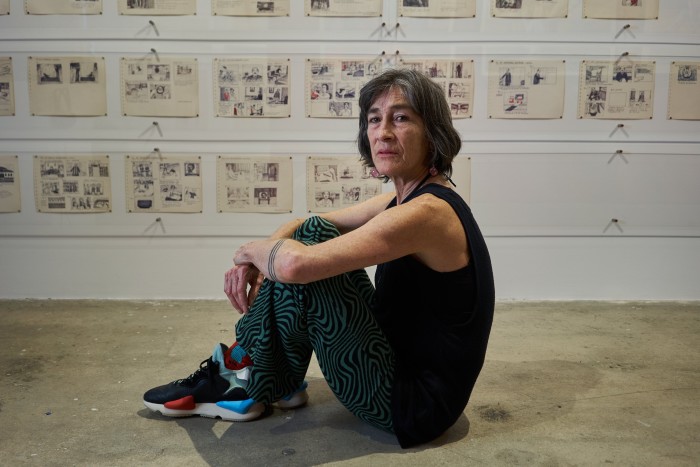
Roula Khalaf, Editor of the FT, selects her favourite stories in this weekly newsletter.
In a painting by Karen Lamassonne from 1989, a couple wrap themselves around each other in a fevered clinch. The amorous pair are vastly oversized compared with the tropical city in which they kiss: the woman’s bottom gently rests on the upper branches of a ceiba tree, a Lilliputian car drives past, a pedestrian strolls along the pavement, seemingly unaware of the gigantic lovers in their midst.
“Cali had a reputation for being rowdy, full of salsa bars and parties,” Lamassonne, 68, says. Born to Colombian and Argentine parents in Long Island, she moved to Colombia’s third city in her early twenties. “On a Sunday back then this whole park would have been full of people making out. Where are they now?” I point to a couple kissing a little way off. “But they’re not fucking,” she says, sounding disappointed.
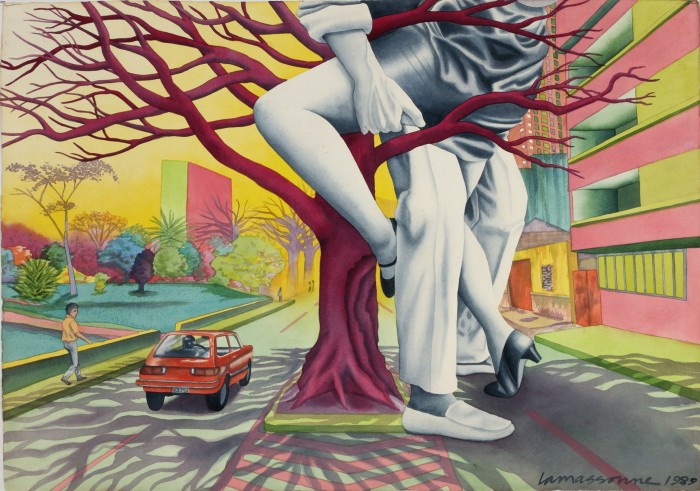
“The Coming of the Ceiba” is typical of the artist’s work. It has a strange, intentionally schlocky, erotic quality: that we only see the lovers’ legs, their upper bodies out of frame, makes them more monstrous. The branches of the ceiba feel tentacular and the twilight palette of purple and orange watercolour is spooky.
Lamassonne is standing under the same ceiba tree — bigger, leafier — three decades on. The painting is part of a whole series titled “Tribute to Cali”, and to mark Ruido/Noise, her first institutional touring show, currently at the Swiss Institute in New York before moving to the KW Institute in Berlin, the artist is showing me around the city where her career began, with its decaying architecture and hot climate, surrounded by foggy mountains.
In further works in the series, equally sultry, lovers lie the length of the public square outside the cathedral, embracing on rooftops or straddling the avenues; in each their embracing bodies are rendered in expressionistic ghostly grey.
Her first paintings were done after she left the family home and had moved into a small house on her own in Bogotá. She made self-portraits in watercolour, lounging around in various states of undress, the house in homely disarray. In “Patio Bonito” (1976) the artist smokes a cigarette, one hand reaching between her legs out of frame; “Through the Looking Glass” (1977) is a complex composition showing fragments of Lamassonne in the reflection of two bedroom mirrors.
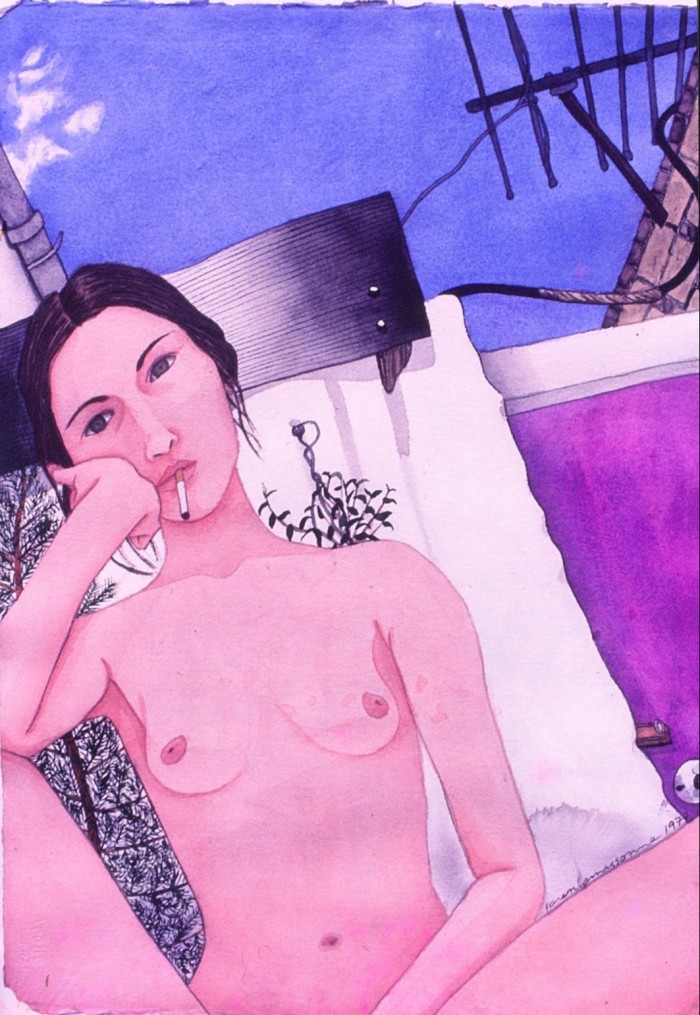
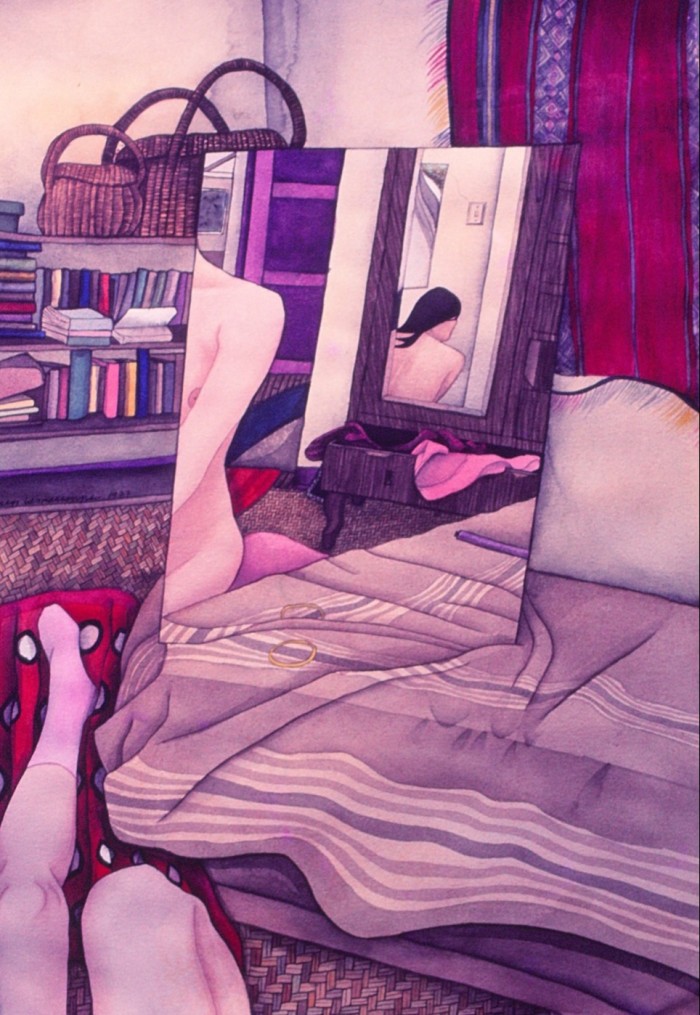
“They were moments I wanted to capture, a composition that turned me on in an instant,” she says. She kept her brushes close, making work like others might take snapshots. “I would always paint in situ from life, often quickly.”
“Fragments appear in my paintings a lot: fragments of bodies, just the legs perhaps, as if we are midspan of a camera. It’s a composition that perhaps leaves you wanting,” she says. “I am really interested in that square, that framing, of what is within that square and what’s outside. So my work is very photographic or cinematic. Often what’s just outside the square is the really interesting thing.”
Invited in 1979 to exhibit in the meeting room of an executives’ club in Cali, she produced a series dedicated to bathrooms; one painting showed a woman pulling her pants around her ankles as she sits to pee. The show was cut short after two days. “Some guy was giving a conference and I think too many people were paying attention to the paintings and not to what he was saying.”
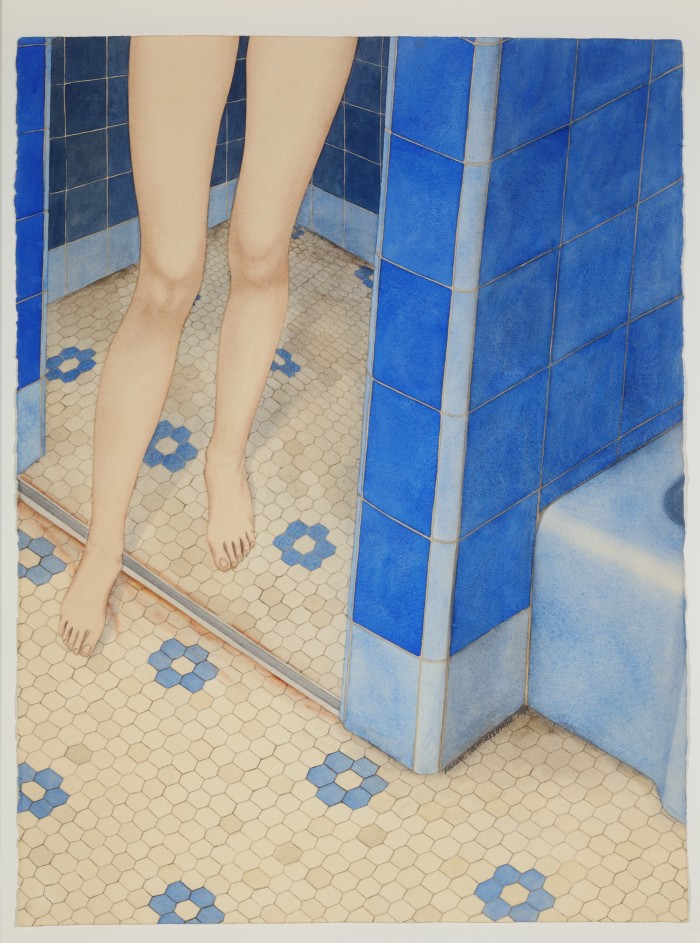
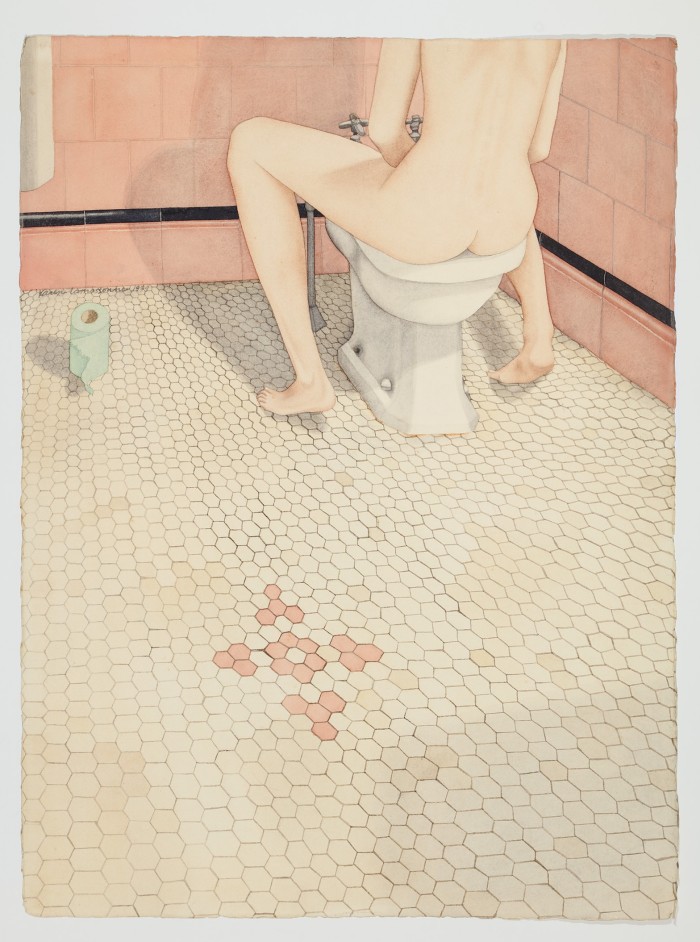
Why bathrooms though? “We spent a lot of time in the bathrooms at that time.” Getting ready to go out? I ask, naively. “Doing drugs,” she corrects. “I mean not just that, I’m making a joke, but there is a bathroom that appears a lot in which we used to party, so it’s a diary of sorts.”
Despite its short tenure, the Cali exhibition precipitated her move from cold Bogotá to the tropical heat of Colombia’s Pacific coastal region. She soon became embroiled in the city’s burgeoning film scene, falling into a relationship with Luis Ospina, one of the country’s most celebrated underground film-makers.
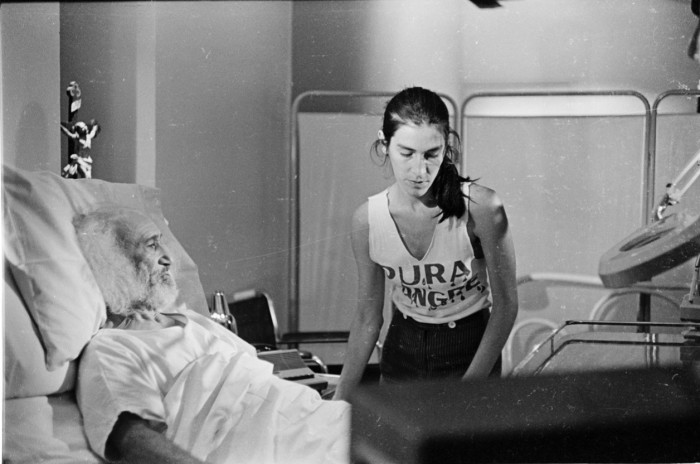
The current New York exhibition, as well as a smaller show at Cali’s artist-run Lugar A Dudas project space, shows the fruits of that partnership in the storyboards she produced for the director’s Pura Sangre (Pure Blood), a 1982 horror flick.
“When I arrived, Grupo de Cali [a film-making collective] had made a few short films, but really with their nails as we say in Colombia. It was so expensive, just the raw stock cost so much money.” Did Pura Sangre get shown in many cinemas? “Nooo,” she scoffs. “The theme is horrible. The tiny budget was financed by the government film agency, and it was the last thing they wanted representing the country.”
“I’ve always really liked creepy things though. My mother practically forced me to watch Psycho from a very young age. All the Hitchcock films in fact. I carry that baggage around with me.”
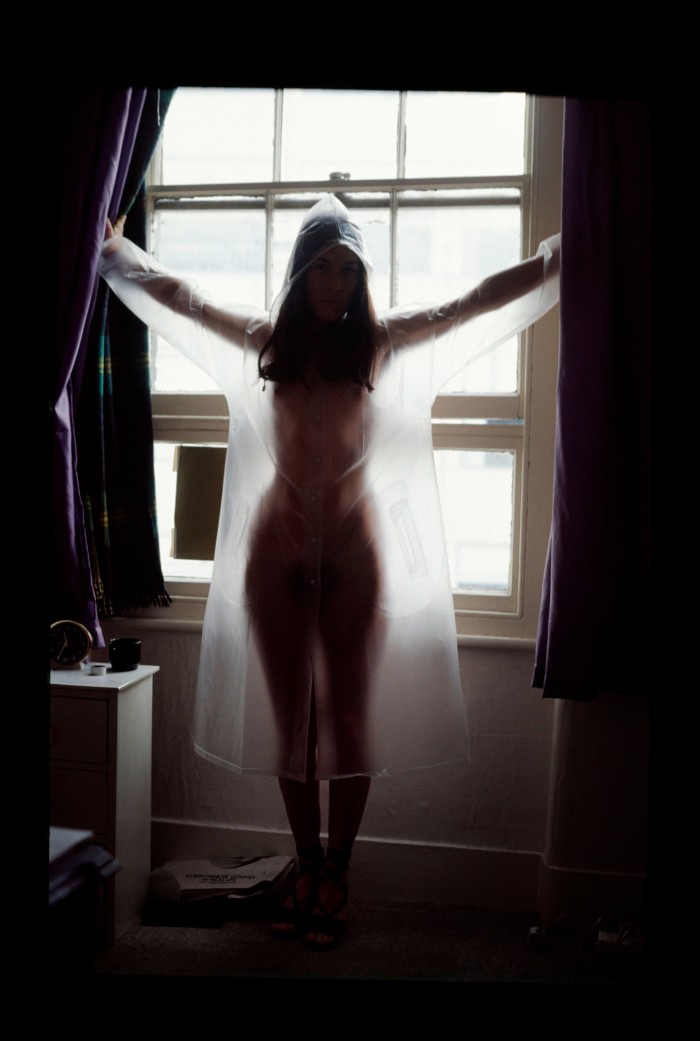
The influence is most apparent in the photographic self-portraits Lamassonne made after swapping a painting for a camera on a trip to Europe. In “Rainy Day Woman” (1978), the artist, naked but for a transparent rain-jacket, pulls open the curtains of a sash window. The way the incoming light silhouettes her is creepy and sensual in equal measure, qualities shared with South American peers such as Cuban-American Ana Mendieta or Brazilian Lenora de Barros, artists with whom she exhibited in the Radical Women touring show in 2017.
That psychosexual tension and shared use of nudity to confront male power is evident too when Lamassonne photographed herself in various venues emblematic of western — and patriarchal — civilisation. In the ruins of the Roman forum she lifts her skirt above her head to defiantly expose herself; in Empúries, the ancient Mediterranean city, she stands bathed in moonlight, naked on a rock.
Lamassonne left Cali in 1991, eventually settling in Atlanta, Georgia. “The mafia ruled, there was a lot of violence. We had guerrilla warfare because the M-19 were from here, up in the mountains.”
Sat on a bench, flicking through a lifetime of art-making on her phone, Lamassonne tells me her work is essentially a study in freedom: sexual, bodily, a life untethered. “I would sell a painting, I would buy a plane ticket. That’s how it always was. Though I always somehow end up returning to Cali,” she says. “As a woman it’s up to you to make yourself, especially as a Latin American woman. My work was a way of inventing myself.”
To January 8 2023, swissinstitute.net
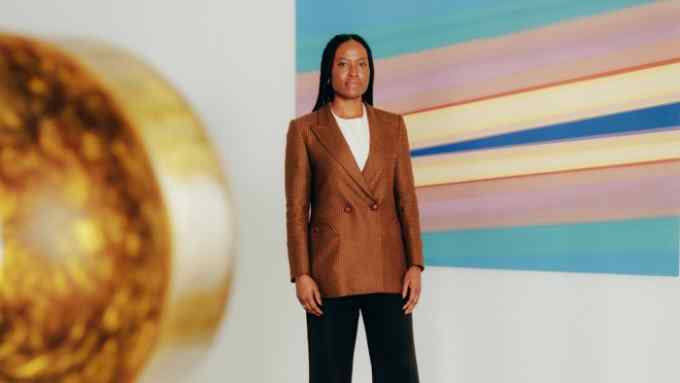
Comments